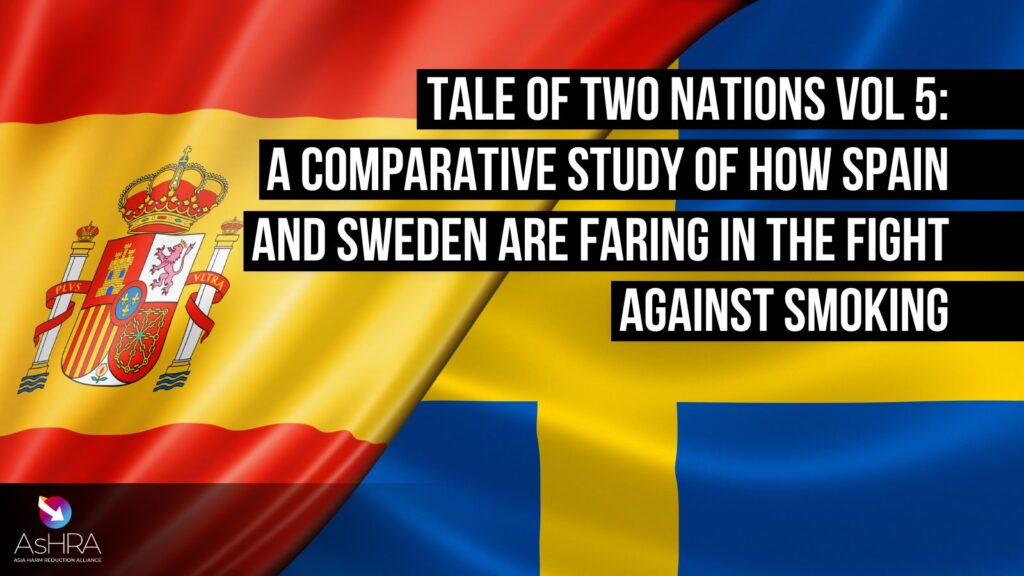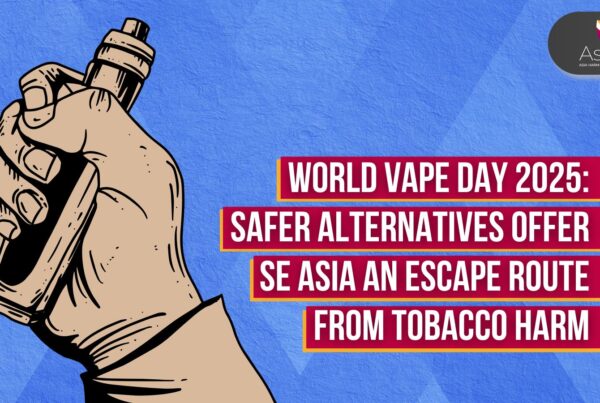The Growing Smoking Rates in Malaysia and Uzbekistan and A New Report on How THR Can Help
Earlier today, a significant report focusing on the potential life-saving impact of Tobacco Harm Reduction (THR) in Malaysia and Uzbekistan was unveiled. The report highlights the critical role that THR could play in addressing the ongoing tobacco-related health crisis in both countries. It does so by providing an in-depth analysis of the current state of tobacco use and the associated health harms, while also calculating the life-saving potential that could be unlocked by adopting THR strategies at both governmental and policy levels.
Developed in collaboration with local and international harm reduction experts, the report begins by sharing how the global progress to end smoking has stalled and promises to show an “alternative vision of what is possible.” It then goes on to extol the benefits of THR before analysing key indicators of the existing situation in Malaysia and Uzbekistan.

Through these indicators, the report shares that 18.8% of men in Uzbekistan and 40.5% of men in Malaysia are smokers, with the smoking rate in Malaysia projected to only rise by 2025. Notably, tobacco use is ranked as the third-highest risk factor for death, disease, and disability in Malaysia and eighth in Uzbekistan.
The severity of this situation makes the inclusion of THR all the more urgent.
Following this, the report explains its approach in calculating the number of lives that can be saved with THR and better treatment before sharing these numbers and their impact. Finally, the report concludes with four key actions that can help countries transition from a place of high smoking prevalence to a high number of lives saved.
Related Posts
 Time to support Filipino vape law, not relitigate it
Time to support Filipino vape law, not relitigate it
Time to support Filipino vape law, not relitigate it
 Greens’ Plan To Legalise Nicotine Vapes Lauded
Greens’ Plan To Legalise Nicotine Vapes Lauded
Greens’ Plan To Legalise Nicotine Vapes Lauded
 Taiwan Vaping Ban Disappointing For Its Many Smokers
Taiwan Vaping Ban Disappointing For Its Many Smokers
Taiwan Vaping Ban Disappointing For Its Many Smokers
More about
Alcohol Harm Reduction
More about





